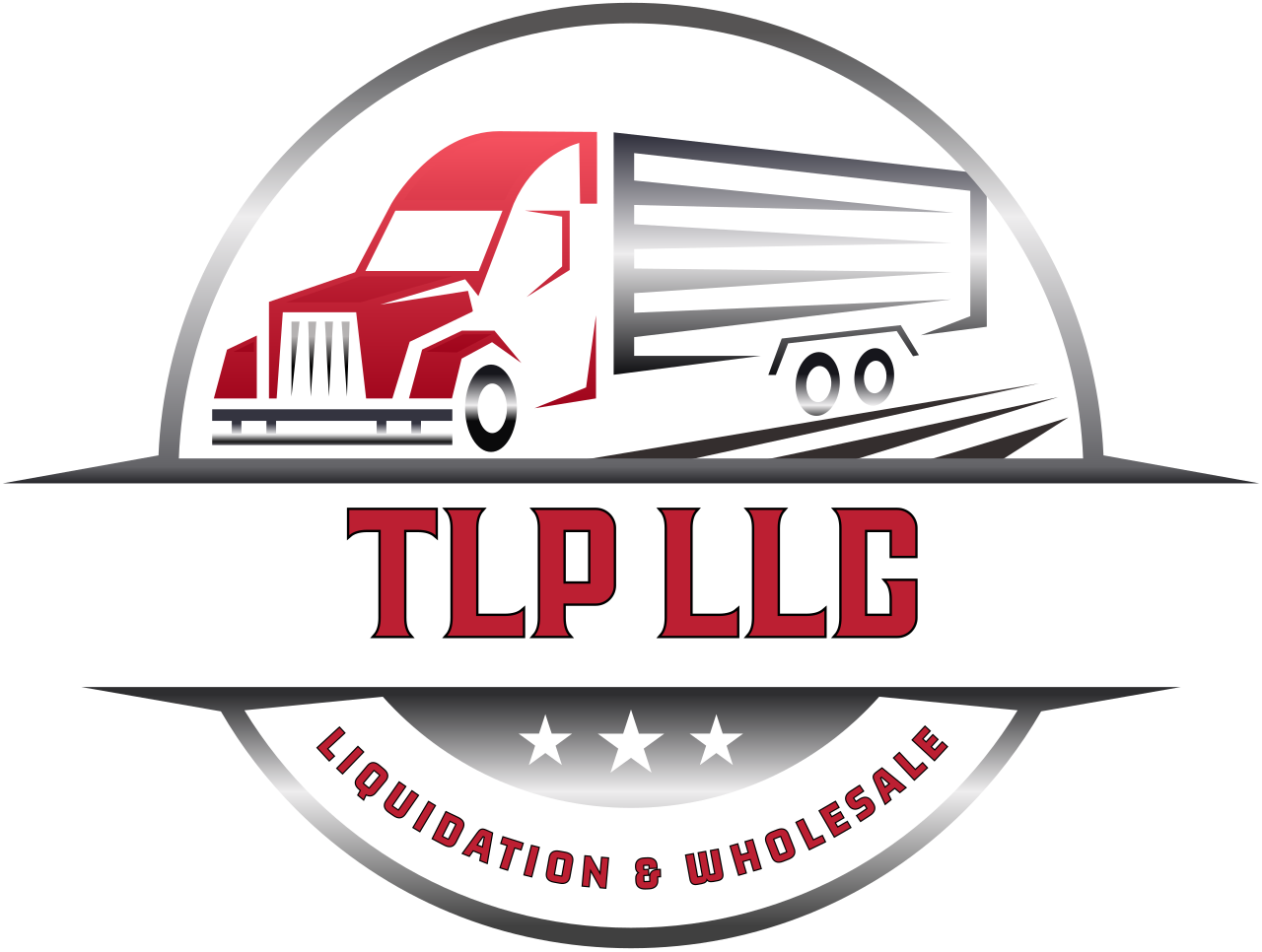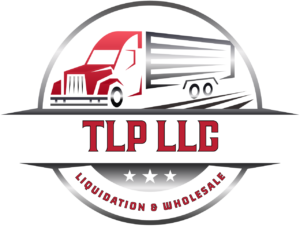Every month, customers return thousands of products to big retailers such as Target and Walmart. So, what do these companies do with customer returns? What is reverse logistics? Let’s take a look at Liquidation Returns!
What are reverse logistics?
What happens to returned goods?
What Do Big Retailers Do with Their Customer Returns?
Returned items are categorized as secondhand and are also often considered surplus-to-requirements. All of the big-name retailers aim to make some sort of return on any type of returned merchandise. This is also known as reverse logistics. This merchandise is ususually sold as liquidation returns.
They look at selling it as quickly as possible to ensure that it doesn’t take up space in their warehouse or store space. Additionally, Retailers are prepared to take quite a hit on the price they could have expected for this item if it was sold and not returned So, instead, they choose to sell their returns in bulk to liquidators and wholesalers. Amazon returns liquidation is one of the most popular liquidation types sought after in the reverse logisitics after market.
Liquidators, such as Direct Liquidation, then choose to sell these returns to their business customers for considerably less than their MSRP value. This means that there are far greater profits to be made for far less than their MSRP value. What this also means is that there are even greater profits to be made when resellers sell them to the public.
Direct Liquidation, for example, and other Liquidators often buy returns from the three biggest retailers in the United States, which are Target, Walmart, and Lowe’s Hardware. They then list them for sale in pallets and box loads on the online liquidation marketplace. We all have our own niche way in this industry of turning these loads that Retailers are looking to dispose of, into a profitable business.
You will find customer returns on the liquidation marketplace in many different categories, including:
- Automotive
- Books
- Clothing
- Shoes and accessories
- Electronics
- Food
- Furniture
- General merchandise
- Health and beauty
- Home
- Home improvement
- Industrial supplies
- Movies
- TV and media
- Music
- Office
- Party and occasions
- Patio and garden
- Pet toys and pet supplies
- Sports
- Fitness and outdoors
- Toys
Within these different categories, you can find wholesale merch coming from some of the biggest manufacturing brands in the world such as Samsung, Apple, BOSCH, Fisher-Price, Mattel, Sony, Microsoft, DeWalt, Google, LG, HP, and many more brands. Take a look our list of Liquidation truck loads we offer on our home page!


